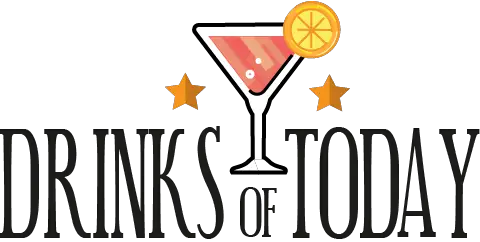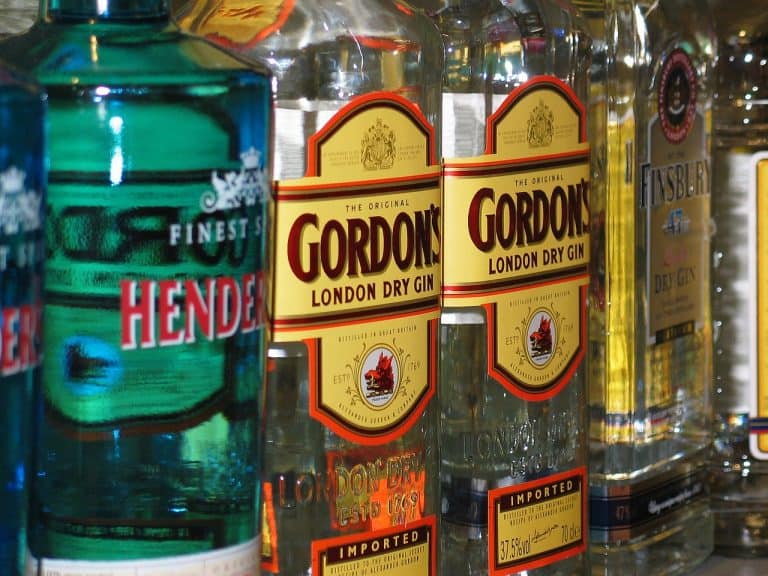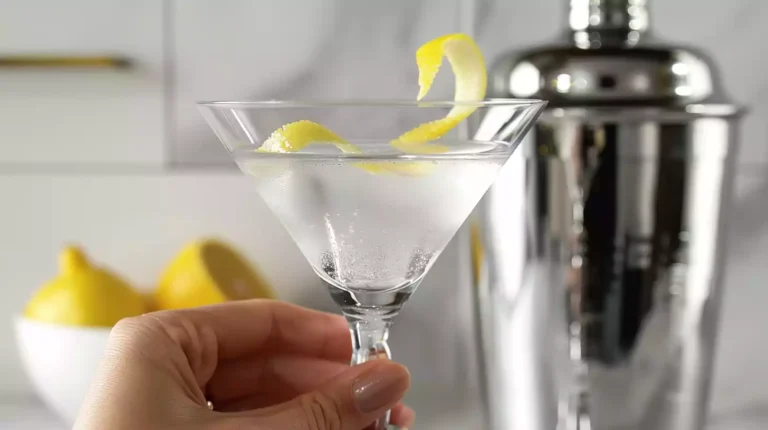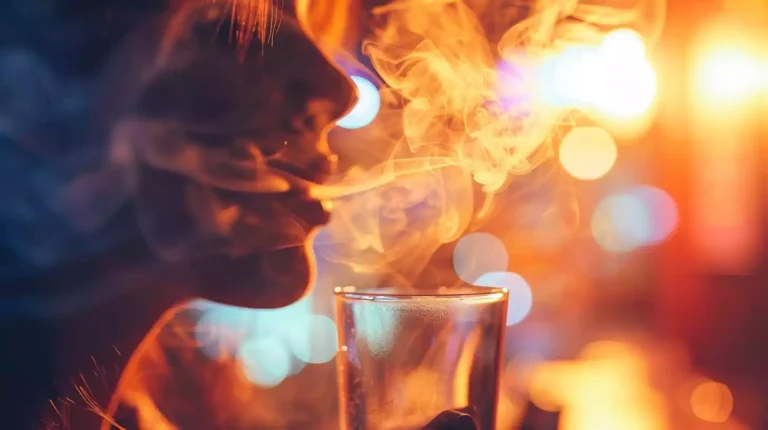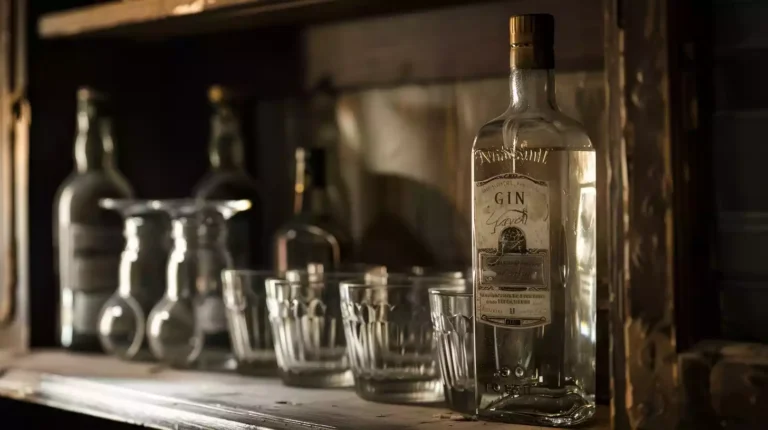Breaking the Cocktail Myths: Manly Drinks Vs Girly Drinks
Just as Shakespeare questioned the significance of a name, I can’t help but wonder about the labels we attach to our drinks. Do they speak for themselves, or do they merely reflect our own biases?
I’m here to shatter the glass—figuratively speaking—around the cocktail myths that divide drinks into ‘manly’ and ‘girly’ categories. We’ve been fed a narrative that certain beverages are strictly for men or women, but it’s time to pour out these outdated stereotypes.
I’ll explore the origins of these drink stereotypes, debunk the myths that surround them, examine their impact on our beverage choices, and advocate for a shift in the drink paradigm.
Join me as I mix up our perceptions and serve a fresh perspective on what it truly means to enjoy a cocktail.
Continue Reading to Understand These Key Points:
- Marketing strategies have shaped drink stereotypes, with whiskey being marketed as a ‘man’s drink’ and vodka sodas and fruity cocktails dismissed as ‘girly’.
- Communities such as Women Who Whiskey are challenging gendered drink preferences and breaking down barriers in the beverage industry.
- There is no such thing as ‘girly’ or ‘manly’ drinks, and marketing reinforces harmful stereotypes.
- Shifting the drink paradigm involves choosing drinks based on taste and flavor profiles, rather than gender associations.
Origins of Drink Stereotypes
Exploring the origins of drink stereotypes reveals a complex history entwined with societal norms and marketing strategies.
It’s clear to me now that the marketing of whiskey as a ‘man’s drink’ isn’t just happenstance—it’s the result of a deliberate effort to appeal to a sense of rugged masculinity.
This image has been hammered into our collective psyche through advertisements showing stoic men savoring their whiskey in heavy-bottomed glasses. It’s a powerful, if not entirely accurate, narrative.
On the flip side, I’ve noticed vodka sodas and fruity cocktails are often dismissed as ‘girly’ drinks. This seems to be because they’re seen as lighter, sweeter, and therefore less serious than their stiff counterparts.
But it’s not just about taste—these drinks are presented in a way that’s coded feminine, often with bright colors and garnishes.
I’m heartened by the rise of groups like Women Who Whiskey. They’re challenging these old-school notions and showing that drink preferences aren’t dictated by gender. It’s a refreshing change and one that makes me optimistic about the future of the beverage industry.
These communities aren’t just about enjoying a glass of bourbon; they’re about breaking down the barriers that define what that enjoyment is supposed to look like.
Debunking Cocktail Myths
I’m tackling the misguided beliefs surrounding ‘manly’ and ‘girly’ drinks to show that they’re just myths lacking any real substance. These stereotypes aren’t just outdated; they’re baseless and don’t reflect the real world of cocktails and the people who enjoy them.
Here’s what I’ve learned:
- There’s no such thing as a ‘girly’ or ‘manly’ drink. These labels are social constructs that don’t affect what a drink contains or who should enjoy it.
- Marketing reinforces harmful stereotypes. By targeting certain drinks to specific genders, the industry perpetuates a cycle that’s hard to break. But it’s all just advertising, not a reflection of reality.
- Unsolicited comments on drink choices are unnecessary. No one should face assumptions or judgment based on what they choose to sip.
- Communities exist to break down these barriers. Groups like female whiskey enthusiasts are proving that taste knows no gender.
- Defying conventions is often rewarded. While women are celebrated for breaking stereotypes, the pressure on men to stick to ‘manly’ drinks is unfair and needs to be challenged.
Impact on Beverage Choices
My journey into the world of cocktails has shown me how these gendered stereotypes significantly influence individuals’ beverage choices. I’ve watched friends hesitate over a drink menu, not guided by their taste buds but by the fear of judgment.
It’s clear that the societal pressure to conform to these norms is more than just a trivial concern; it can shape the entire social experience.
The table below captures the emotional tug-of-war that can play out inside someone’s mind when choosing a drink:
| “Manly” Drinks | “Girly” Drinks |
|---|---|
| Confidence | Self-Conscious |
| Boldness | Hesitation |
| Unapologetic | Embarrassment |
| Peer Approval | Peer Judgment |
| Stereotypical Strength | Stereotypical Delicacy |
Each row represents a dichotomy that’s all too familiar. I’ve been there, feeling confident when I order a whiskey neat, but catching myself hesitating before asking for a cosmopolitan. It’s a silent battle, one that pits personal preference against the weight of expectation.
But I’m learning that knowledge is power.
The more I understand about cocktails, the more I can appreciate them for their flavor and craftsmanship, not their gender label. It’s time we all embrace our palates without apology.
Shifting the Drink Paradigm
As we delve deeper into the nuances of cocktail culture, it’s clear that the traditional drink paradigm is shifting beneath our feet.
The idea that certain drinks are inherently ‘manly’ or ‘girly’ is becoming as outdated as the notion that pink is just for girls and blue is just for boys. We’re seeing a refreshing change in attitudes as vibrant and varied as the cocktails we sip.
- Breaking Stereotypes: Women are increasingly celebrated for choosing drinks based on taste rather than gender norms.
- Positive Perception: Society is starting to admire women who step outside traditional gender roles, including their choice of beverage.
- Flavor First: The appreciation for complex flavor profiles is becoming the main focus, rather than the gender associations of a drink.
- Storytelling Spirits: There’s a growing interest in the origins and stories behind spirits, which transcends gendered marketing.
- Consumer Shift: Preferences are evolving, with people of all genders enjoying a wider range of drinks.
I’m encouraged by this shift. It’s a sign that we’re moving toward a more inclusive, open-minded drinking culture where what’s in your glass is about personal preference, not performing gender.
Cheers to a future where the only thing that matters is what tastes good to you!
Are Manly Drinks Really Better for First Dates, or is it Just a Myth?
When it comes to manly first date drinks, the idea that they are better for impressing your date is just a myth. What matters most is the connection and chemistry between two people, not the type of drink being consumed. Confidence and genuine conversation are key, regardless of the beverage choice.
Final Thoughts
As I journeyed through the landscape of libations, I discovered that drinks, like characters in a fable, aren’t bound by their origins.
The ‘girly’ spritz and ‘manly’ whiskey are mere myths, characters that evolve with our tastes.
I’ve learned to savor the story in every sip, unshackled by old tales.
So, let’s toast to a new narrative where our palates pen the plot, and every drink is free to be the hero of its delicious adventure.
